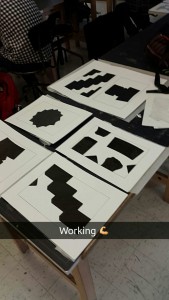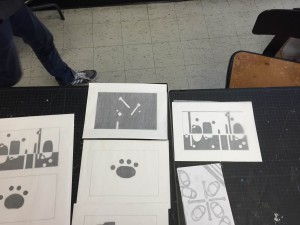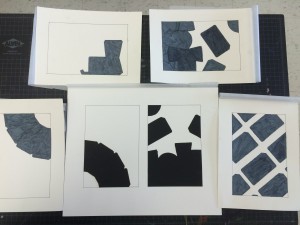Verb
– to talk, think, or write about things that happened in the past
(Source: Merriam-Webster Dictionary)
I found this word on page 9 of “City Limits”, in the context “We see ourselves in this city every day when we walk down the sidewalk and catch our reflections in store windows, seek ourselves in this city each time we reminisce about what was there 5, 10, 40 years ago, because all our old places are proof that we were here.” The author means to express the idea of nostalgia, or reflection about the past. He describes the memories he indulges in “reminiscence” with. The author even gives examples of how long in the past one might reflect on as well (5,10,40 years ago), and uses the word in context of that example.





